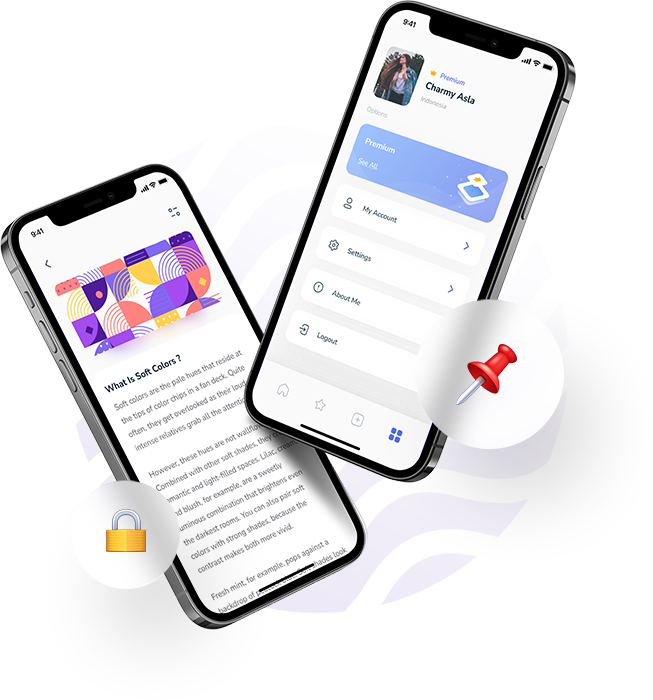(A I)
Applications of AI:
AI has found applications in almost every industry, transforming the way we approach various tasks and
challenges. Here are some notable applications of AI:
1. Healthcare: AI is being used to improve disease diagnosis, predict patient outcomes, and assist in drug
discovery and development. AI-powered algorithms can analyze medical images, such as X-rays and MRI
scans, with high accuracy, aiding in the early detection of diseases.
2. Finance: AI is revolutionizing the financial industry by automating routine tasks, detecting fraudulent
activities, and providing personalized financial advice. AI-powered chatbots and virtual assistants are
enhancing customer service experiences, while machine learning algorithms help analyze market trends
and make investment predictions.
3. Manufacturing and Automation: AI-driven automation is optimizing manufacturing processes,
enhancing productivity, and reducing errors. Robots equipped with AI capabilities can perform complex
tasks with precision, resulting in increased efficiency and cost savings.
4. Transportation: AI is driving advancements in autonomous vehicles, optimizing traffic flow, and
improving logistics and supply chain management. Self-driving cars, powered by AI algorithms and
sensors, have the potential to revolutionize transportation by enhancing safety and reducing congestion.
5. Customer Service: AI-powered chatbots and virtual assistants are transforming customer service
experiences by providing instant responses to queries, handling routine inquiries, and delivering
personalized recommendations.
Challenges and Considerations:
While the potential of AI is immense, it also presents unique challenges and considerations. Ethical
concerns regarding data privacy, algorithmic bias, and job displacement need to be addressed. Robust
frameworks and regulations are necessary to ensure the responsible and ethical development and
deployment of AI systems.



Unleashing Boundless Possibilities: Exploring the World of Virtual Reality (VR)
Introduction:
Virtual Reality (VR) technology has captivated the imaginations of people around the globe, offering
immersive experiences that transport users to entirely new worlds. With its ability to create digital
environments that replicate real or imagined settings, VR has revolutionized entertainment, education,
training, and various other industries. In this article, we will delve into the captivating realm of Virtual
Reality, exploring its applications, impact, and the exciting possibilities it brings to our lives.
Understanding Virtual Reality:.
Virtual Reality refers to the use of computer-generated simulations to create an immersive, interactive,
and sensory-rich environment that replicates real or fictional scenarios. Through the use of headsets or
VR devices, users can enter these simulated environments and engage with them in a seemingly realistic
manner. VR technology encompasses visual, auditory, and even haptic (touch) feedback, creating a
sense of presence and immersion..
Applications of Virtual Reality:.
The applications of Virtual Reality span across multiple industries, each harnessing its capabilities to
unlock new opportunities. Here are some notable areas where VR is making a significant impact:.
1. Gaming and Entertainment:.
VR has revolutionized the gaming industry by providing an unparalleled level of immersion and
interactivity. Players can step into virtual worlds, become part of the game, and experience thrilling
adventures like never before. VR is also transforming entertainment experiences, enabling users to
enjoy immersive 360-degree videos and virtual tours of famous landmarks, concerts, and events..
2. Education and Training:.
Virtual Reality has immense potential in the field of education and training. It enables students to
explore historical sites, travel to distant places, and engage in interactive learning experiences. VR also
offers realistic simulations for medical training, flight simulations, hazardous environments, and more,
providing a safe and effective way to practice skills and enhance learning outcomes..
3. Architecture and Design:.
Architects and designers are leveraging VR to visualize and experience their creations in a
three-dimensional virtual environment. VR allows stakeholders to walk through virtual building models,
assess designs, and make informed decisions before the physical construction process begins. This not
only enhances the design process but also helps in identifying potential issues and improving overall
project efficiency.
4. Healthcare and Therapy:
Virtual Reality is being used in healthcare for pain management, phobia treatment, and cognitive
therapy. It provides a controlled and immersive environment where patients can confront and
overcome their fears or engage in therapeutic activities. VR also enables medical professionals to
practice complex surgeries in a virtual setting, improving their skills and enhancing patient safety.
5. Collaboration and Communication:
VR has the potential to revolutionize remote collaboration and communication. By creating virtual
meeting spaces, teams from different locations can come together, interact, and collaborate as if they
were physically present. This has significant implications for global business meetings, remote
teamwork, and cross-cultural exchanges.
The Future of Virtual Reality:
As technology continues to advance, Virtual Reality is poised for even more remarkable advancements.
With improvements in hardware, software, and content creation, VR experiences are becoming more
accessible, realistic, and socially engaging. The potential for VR to merge with other technologies, such
as AI and haptics, opens up even more possibilities, promising transformative experiences and
applications.
